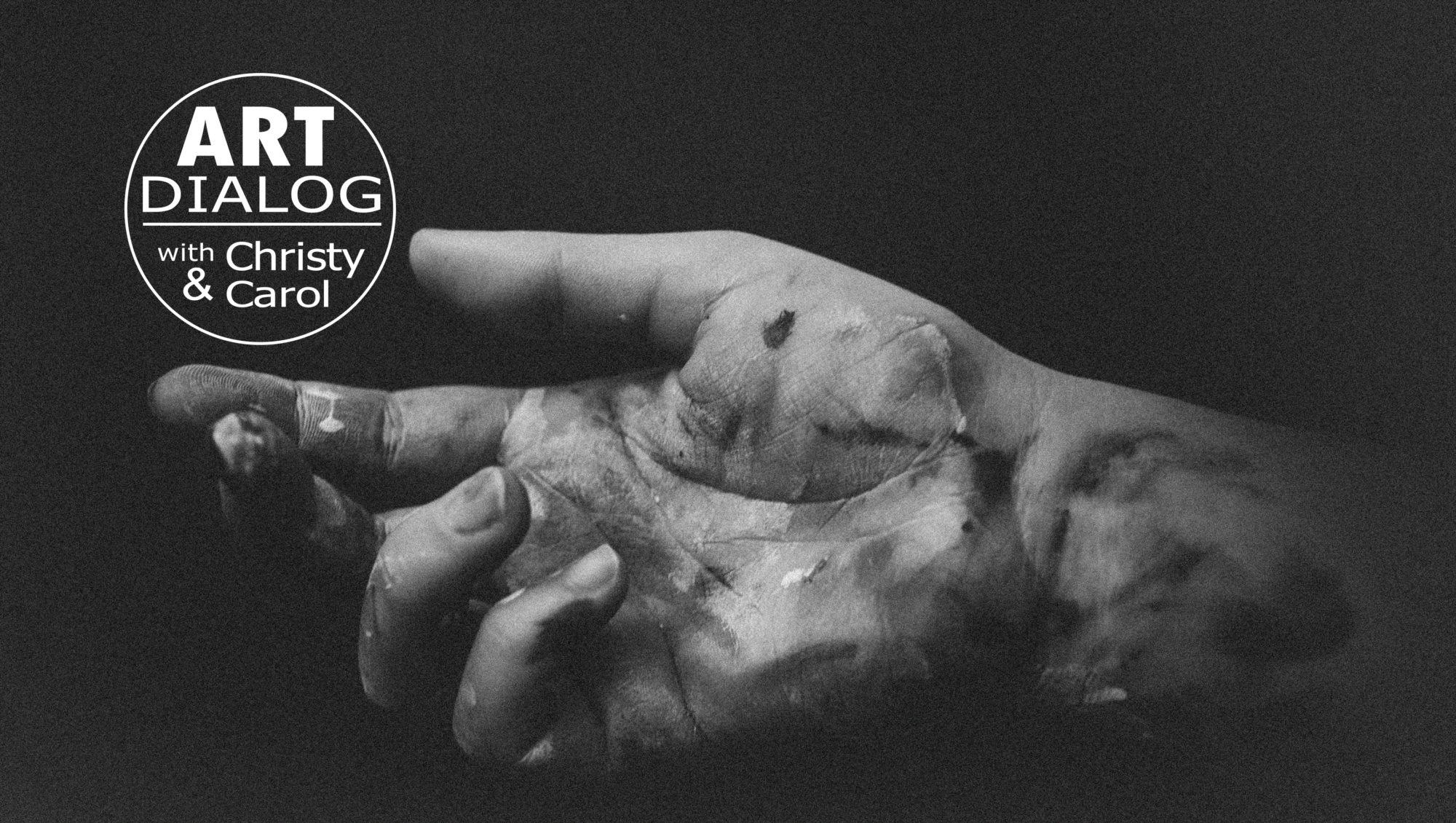Originally published on 3/22/2022
Once again, I find myself circling back around to the stumbling block that trips me up and skins my brain bloody raw. I have learned so much about marketing, and yet I am stymied by a basic question. Not all artists face this question, but I suspect many do, which is why I’m writing about it here. I despair when I imagine all the time and energy wasted posting to social media, creating fancy websites, and designing cute business cards. All those skills are great, and I’ve learned to do them all, but they are all useless without knowing the answer to this one question: What the hell am I selling?
You can laugh. If you are one of the lucky artists who grew up dreaming of making fused glass trivets, spent time learning how to make fused glass trivets, and now are happily selling fused glass trivets on Etsy, lucky you, you can afford to laugh. It must seem so clear to you. What else could there be but fused glass trivets?
However, if you are one of those hapless artists who find themselves pulled in many directions, you might know what I’m talking about. You paint and you also crochet. You draw cartoons and you also do graphic design. You make ceramics, you have a whole studio with a kiln and everything, but you’d really like to start your own line of handmade shoes.
It’s great to have many creative interests. That’s the nature of creativity, right? So what is the problem?
The problem for artists with multiple creative interests emerges in the moment they turn toward the idea of earning money with their art. Because that is the moment the art has the potential to become a business. At that moment, the artist must choose a niche.
Business versus art
The world of business is different than the world of art. Some artists find that happy intersection between the art they want to make and the art that buyers want to buy. Lucky them. They found their cozy niche. They make fused glass trivets, the world wants fused glass trivets—with the advent of platforms like Etsy, it’s a match made in heaven.
Some of us don’t find that happy intersection. We wander around the back roads, taking detours that can last years, falling into sinkholes, losing our way, even losing sight of our destination. After years of grinding and tripping and stumbling, we almost forget what we were seeking. Blessed self-induced amnesia. We pretend we never wanted to be a painter, or a writer, or a sculptor in the first place. What were we thinking? The world needs more accountants or marketers, not more artists.
Until something happens. A death, a divorce, a move, some sort of loss or shift leads to an awakening. The dream stirs, and once it awakens, it refuses to go back to sleep. What to do?
My forty-year detour away from art took me into academia, where I learned some skills I was able to apply. Yay me. Like learning how to type so you’ll have something to fall back on when the dream fails, as artistic dreams must surely do. Now I know way too much about marketing. And still know nothing about what I’m selling.
If you don’t know what you are selling, it means you don’t know who you are.
The artists’ business plan
I have four questions for artists to ask themselves. No need to share with anyone else. These questions are not about getting funding from outside investors. These questions are the heart of your roadmap toward the success of your art business.
- What am I selling?
- How much am I selling it for?
- Who am I selling it to?
- And how am I going to promote it?
If you can’t answer the first question, don’t bother trying to answer the remaining three.
If you only care about making money, go be a stockbroker or something like that. You might be that one in a million who makes $69 million selling an NFT. Most of us are not Beeple. If you want to create a solid business selling something you create, focus on one thing and commit to it for six months or a year. Market the hell out of that one thing. If it fails, you cannot blame your scattered artist brain.

